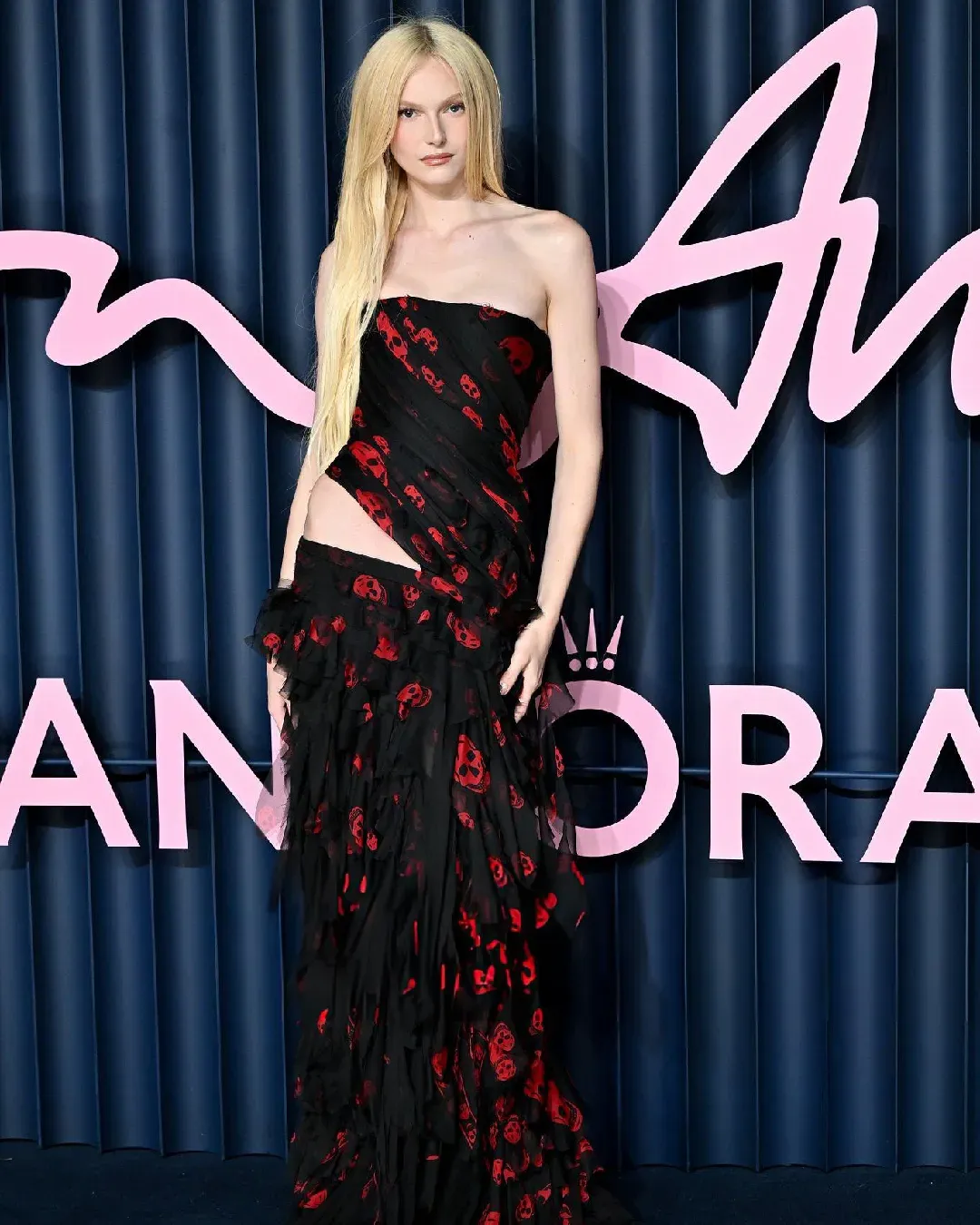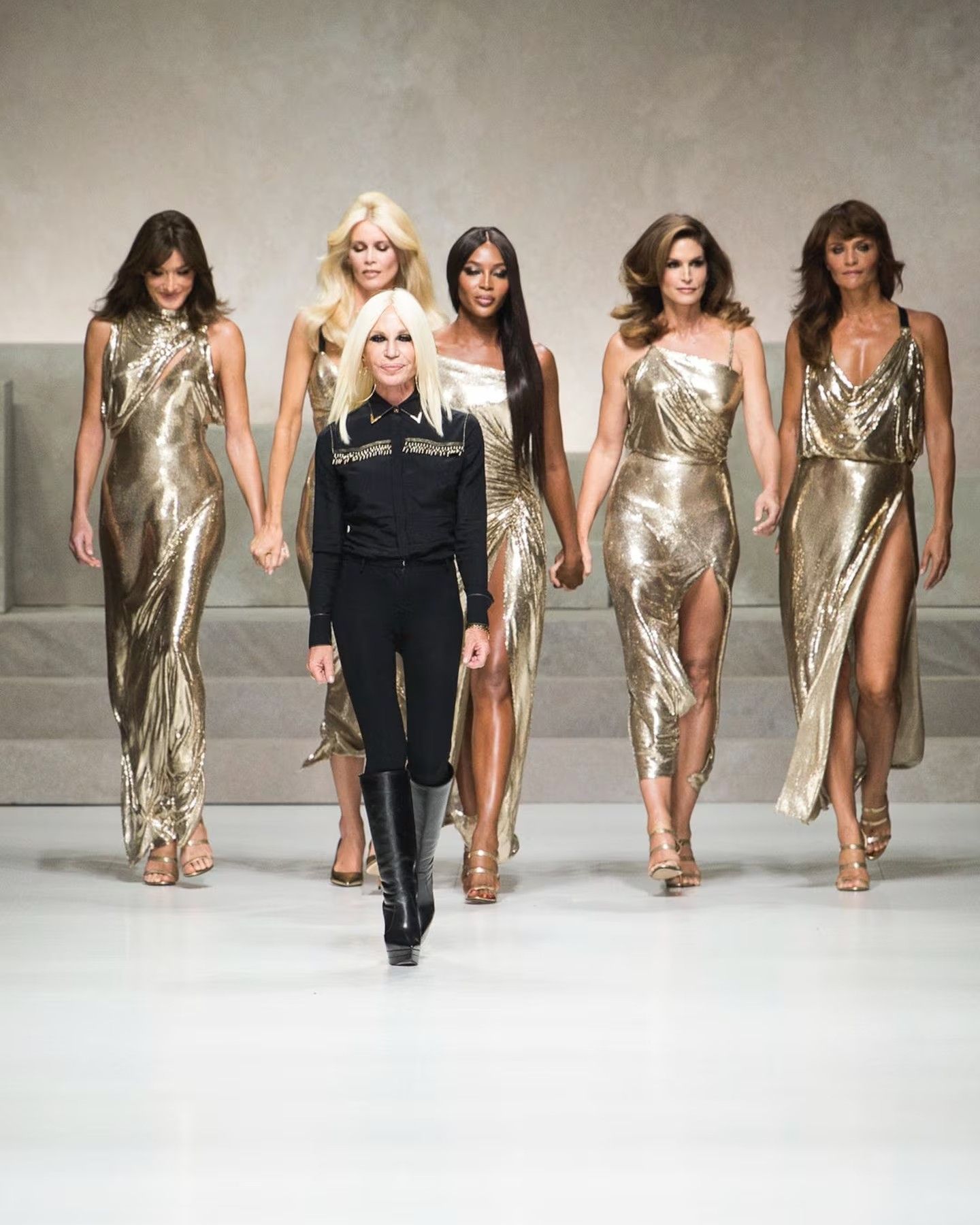
How do you become an archive fashion retailer? We asked three successful fashion sourcers
The global vintage market's climb to record sales is unparalleled. According to ThreadUp's latest analysis, the global secondhand market is expected to reach a value of $351 billion by 2027, growing three times faster than the regular apparel sector. This exponential development has created several opportunities for the entrepreneurs of this niche, building over time a large family tree of second-hand fashion that, starting from the most basic American thrift shops, is now branching out to numerous new high street boutiques, vintage emporiums filled with exclusive finds and collectors' pieces. While the more generic vintage shops are used to hoarding second-hand clothes without much regard for brands or quality, there is a branch of this industry entirely dedicated to a careful search for rare items, a task which in the world of archive fashion is called fashion sourcing. In the United States, entrepreneur Gab Weller has started a real business in this field, working alongside celebrities such as the Kardashian sisters, Sofia Richie Grange and Chiara Ferragni to intercept unobtainable vintage accessories and footwear and deliver them to her clients as quickly as possible. In Italy too, there are fashion sourcers, a group of enthusiasts who collect and resell vintage and second-hand garments created by designers who have made fashion history, from Martin Margiela's rarest collections to Miuccia Prada's most famous ones. Faced with the flood of treasures they manage to discover, one finds it hard not to wonder what secret lies behind the talent of these small entrepreneurs, and especially how they manage to resist the temptation to keep the loot for themselves.
«Let's just say I'm not a sentimentalist,» explains Alessia Algani, founder of Shop The Story. «I like to let good things go around and for me, the issue of recycling, of not buying off the rack, is super important.» The success of Algani's boutique, which specialises in garments from the late 1980s or early 1990s designed by world famous visionaires such as Rei Kawakubo, Issey Miyake, Jean Paul Gaultier and Alexander McQueen, is due to this dedication to the historical period she calls post-ultra-sexy, a quality that has led Shop The Story to soon become a favourite destination for vintage lovers in Milan. «I study a lot,» Algani explains about her research method, «all the clothes I sell are accompanied by a photo of the show. It's something that is very useful for design studios, and it's also something that other customers love.» Algani's unique focus on choosing archive brands for Shop The Story is complemented by an admirable relationship with clients and suppliers - whose names, Algani explains, cannot be revealed. «I buy a little bit everywhere, private individuals, auctions, clients,» but here, she pauses. «There are customers who I know to be looking for specific things, and in fact when I find them they don't even go to the shop or online, I give them directly to them.»
Although having good contacts is a prerequisite for being a good fashion sourcer, honing one's eye for rare items takes time and passion. For Roberta Vitelli, founder of Catalogo Studio, working with the right suppliers is a major advantage even if, as she explains, «being a sourcer helps a lot, several times I happened to find iconic pieces in completely random situations.» Just as a part of this niche relies on retailers specialising in vintage items, there are also those who prefer to do without. Elisa Battani, who opened Armada Archive in 2020, exclusively sells clothing delivered by private individuals who drop by her shop determined to leave her some designer pieces they no longer wear. «I don't use suppliers at the moment,» Battani explains. «I've never found anyone who meets my needs and has garments that match my taste, I feel like it takes away from the best part - the research. Sometimes it just happens that someone comes along and tells me they have clothes they no longer put in their wardrobe, like Romeo Gigli, for example, or YSL Rive Gauche, and the interesting thing is the stories they tell me about the garments.» Whether one likes it or not, it is always the relationship with the customer that helps an archive fashion boutique to establish itself in the industry, even in the process that precedes the client's purchase. Chatting with Algani, Vitelli, and Battani, one realises immediately that, although their boutiques are quite different in genre, style, and even sourcing method, underlying each of their small businesses is a deep-rooted passion for fashion and its history, the driving force uniting them and even encouraging them to deepen their knowledge, ultimately helping them improve their already well-developed skills as archive fashion sourcers. «Those who know me well know that I am completely obsessed,» explains Vitelli. «My favourite game as a child was to recognise collections without reading the brand names.»
For Vitelli, the knowledge of fashion history was an advantageous starting point, but it would have been useless if the young sourcer had not also been able to develop a strong feel for contemporary retail. «Long gone are the days of Levi's 501s,» she explains about the recent trends she has noticed selling for the most, «today they are not based on the individual product or brand, but on the concept of aesthetics. The Y2K aesthetic is a prime example of this: in the last couple of years we have appreciated it on the catwalk, searched for it in the form of hashtags on Vinted and then disdained it on the fast fashion stands.» The recent vintage fashion boom, the founder of Catalogo Studio tells us, has also heavily influenced the cost of garments, which according to Vitelli have risen by at least 20 per cent in the last year alone. Given the careful selection made by the sourcers, the prices found in their boutiques are usually higher than the ones one can find in the more generic vintage shops. «I never buy damaged pieces,» says Algani as she explains her pricing at Shop The Story. «If I take them, it's because I know I can get them properly repaired, except in very rare cases of incredible pieces - condition is one thing, rarity is another.» The quasi-scientific research that Algani carries out for Shop The Story, says the sourcer, has also led her several times to work with foundations and museum institutions. Because in the end, archive fashion is a bit like art. «The value of my research is precisely this,» Algani states. «Discovering things that another person wouldn't be able to find.»
The stores of these expert sourcers may be full of bows and treasures, but the advice for those wishing to open a curated vintage boutique on a par with theirs is definitely without frills. «We live in a world that is often too superficial and fashion is a victim of this prejudice,» says Vitelli, «to do this job you need to be omnivorous, to take an interest in everything that is happening in the world in the political, economic, social and obviously artistic fields, while always remaining faithful to your instincts.» Because passion is a great guide, but executive power and business knowledge are what take you far. «If you have a very specific angle like mine, it'll be easier to build a loyal customer base,» explains Algani, adding, to top it off in great style, «and then, as Mrs Prada says: study, study, watch films, read books. It happened to me to do crazy business just because I had seen a sleeve a million times. And that's when studying brings out the right eye.»













































